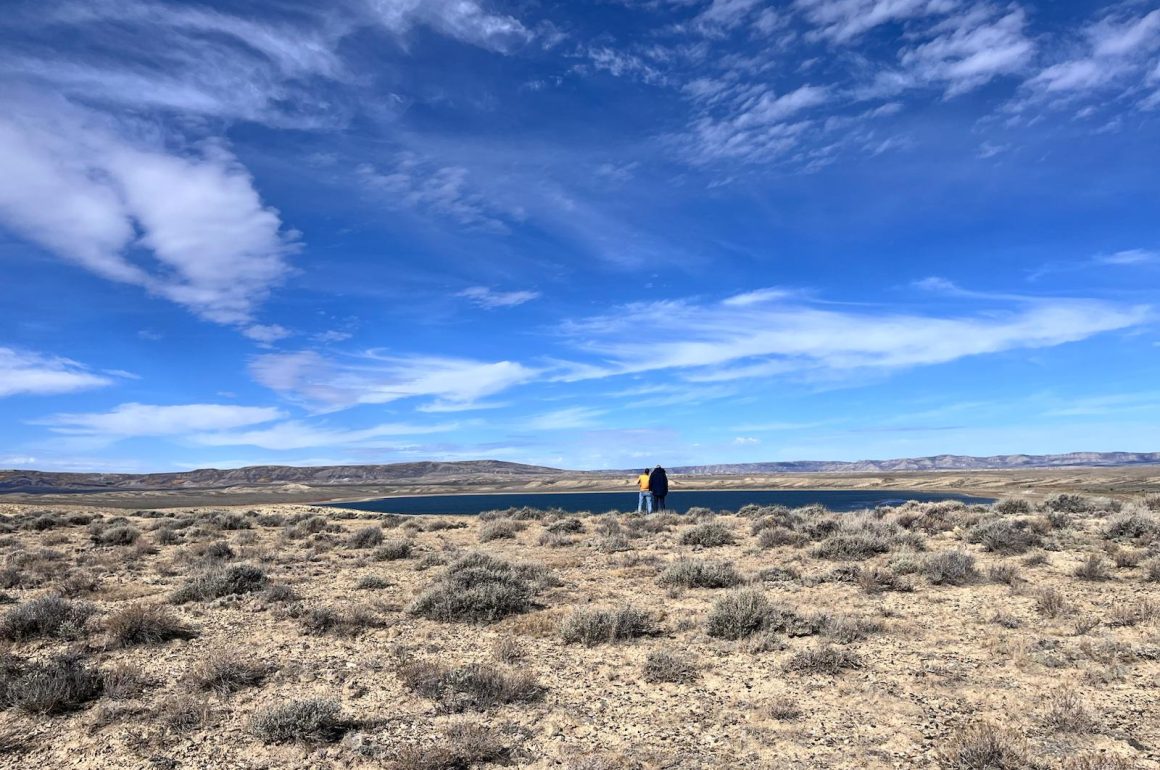
The plane from Amsterdam to Minneapolis arrived on time after 8 hours. In Minneapolis I had a quick coffee and checked in for a second two-hour flight to Denver, Colorado. There, my friends Brad and Laura picked me up, and we drove for another four hours to southern Wyoming. Why such a horrendous trip while my conference was in Minneapolis? Well surely, to provide you with yet another post.
Wyoming in early autumn. A vast and empty country, but at closer inspection you can find a great variety of plants and animals. There were several varieties of sage brush: Black Sage, Grey Sage, Birdsfoot Sage, Wyoming Big Sage, and Mountain Big Sage. Sage, sage, sage everywhere but not a grouse in sight?
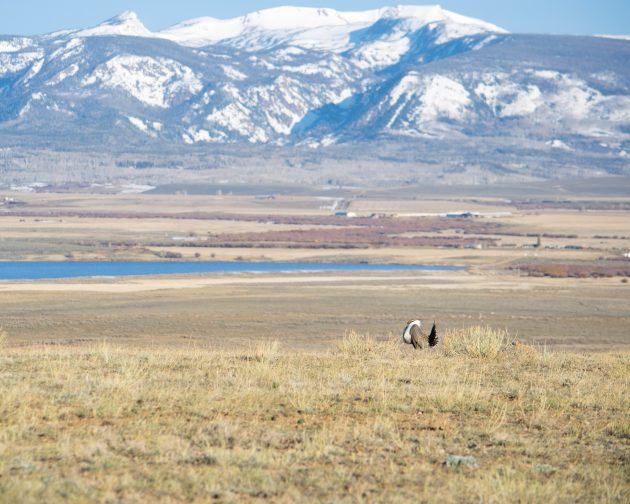
The Sage Grouse, also known as Greater Sage Grouse is a rather large bird of the prairie states of America. The mature birds eat sages but the young depend on insects. Both sage and insects are plentiful in Wyoming while people are rare. The landscape is open and very windy. Overall, ideal conditions for both grouse and wind farms. However, the combination of wind farms and grouse is a less favourable one. My company works on the permitting, siting and compensation activities for wind farm development near Rawlins. My colleague Russell has been on-site for 12 years bio-surveying the area and consulting the renewable energy companies. Nobody, alive or dead, knows more about this piece of planet Earth than he does. Russell guided us for the day so what could possibly go wrong? Spoiler alert: nothing.
After dining at Denny’s and a restless sleep (trains were choo-chooing all night) we woke up and flummoxed the locals at breakfast by our desire not to kill anything despite rising early. Cosmopolitan meets rural and not the first incident. The previous day I had inadvertently jumped queue for a photo opportunity with a man-sized rodent and my embarrassed excuse “Sorry, I came from Holland, and the trip was long” was not acceptable. “I came all the way from Denver” had been the curt reply. Cosmopolitan meets rural. Painful, but soon forgotten, because Russell took us to heaven.
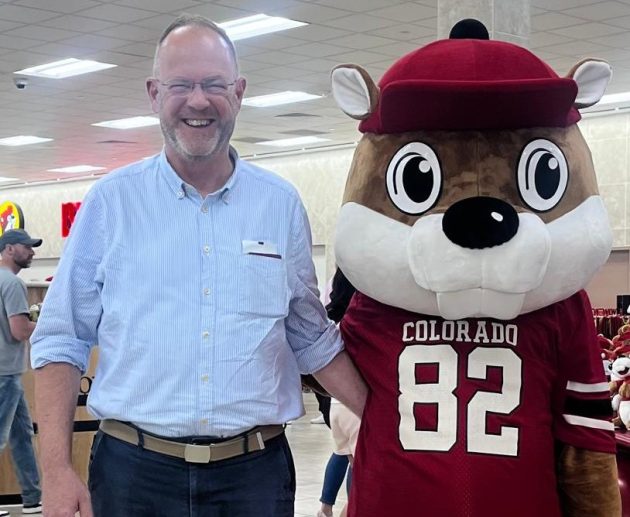
We travelled to the project site and entered the construction area. Normally strictly forbidden entry – you can imagine the risks associated with heavy machinery. We drove through extensive prairie until we reached the Continental Divide. Before us lay land draining to the Mississippi River, behind us to somewhere else (I forgot to ask, sorry). More importantly, we observed large herds of Elk, golden trees full of Yellow-rumped Warblers and Horned Larks on, under and between every bush.
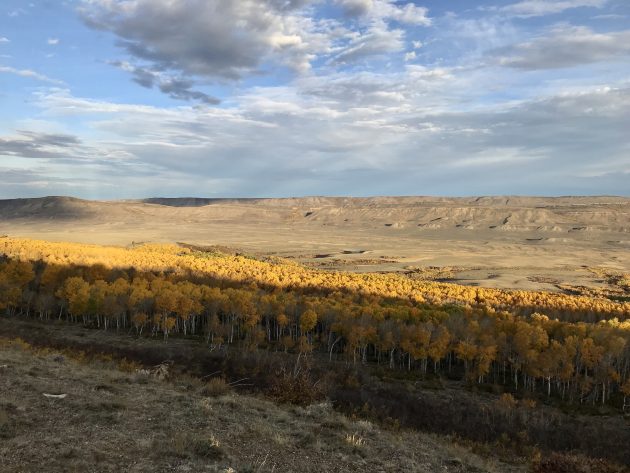
The main event was still to come. Russell spotted periscoping grouse and we stopped. When the grouse are periscoping they quickly stick their head above the sage brush while scanning their surroundings. Not unlike Russians used to do with their submarines before they moved on to the even more annoying drones. Suddenly, seventeen Greater Sage Grouse took to the air and flew by, clearly showing their black bellies and curved wings. Where had they been before? We had seen nothing, not a clue. And following them to their landing spots, surely we would be able to see them on the ground? Nope. Disappeared from sight straight after hitting the ground – just amazing. These birds were a lifer for me, so a little victory dance (not unlike a lekking grouse to be honest) and onwards to other locations.
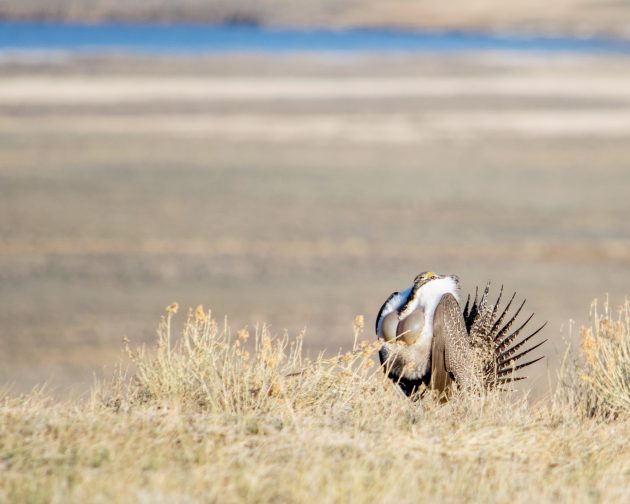
Golden Eagle, Bald Eagle, Raven, Common Starling, Bronze Cowbirds, Northern Flicker, Red-breasted Nuthatch and more Yellow-rumped Warblers followed. At noon, we said a grateful goodbye to Russell and took our own car back to Denver via Saratoga. We stretched our legs at Saratoga Lake and Storer Wetlands which had Gadwall, Mallard, American Coot, California Gull, Black-necked Grebe, Double-crested Cormorant, American White Pelican, Osprey, Black-billed Magpie, Mountain Bluebird, Townsend’s Solitaire, Common Grackle, and more Yellow-rumped Warblers.
Wyoming has very few people, two senators, at least 17 Greater Sage Grouse and is absolutely worth a visit.
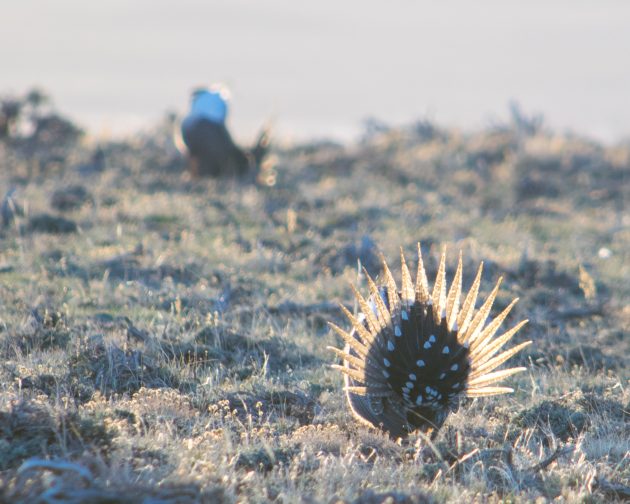
All pictures of Greater Sage Grouse by Brad Nelson. Taken at a lek in Colorado in Spring. Laura Nelson provided the other pictures.




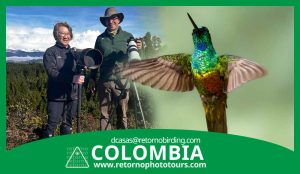
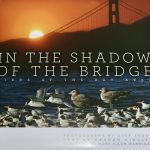
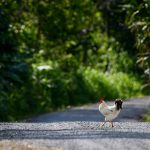
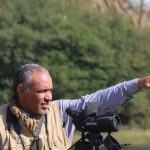
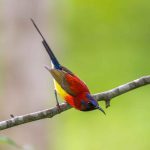
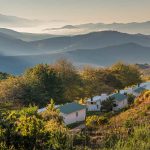
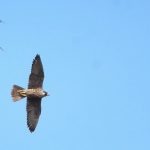
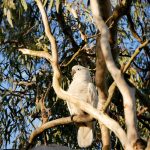
I’d love to see a Sage Grouse…
Great post and wonderful photographs! I’d love to see a Sage Grouse, too. They sound as elusive as Montezuma Quail in Arizona.
Finger snapping to Sage Grouse. Before I was a birder, I drove through Wyoming enroute to Seattle. I saw a Golden Eagle and a small herd of wild mustangs. With that brief experience long ago, I can still recognize the accuracy of Peter’s descriptions. Few people indeed – just over a half million. But in his pointing out that Wyoming has two senators, Peter hits the truly sore spot for many of the much more populated states; e.g. California with 43 million people. And, he also touches upon the many imbalances in the American political system. I’ve read several of Peter’s blog posts and comments; I think this may have been intentional. If I am correct, I thank him for it. I also liked Peter’s brief reference to “passing trains”. So true. In the wide open spaces of the western states, the horizon is seldom without a passing train. Peter’s post also leaves me with two questions. Black-necked Grebe? Do we have a black-necked Grebe? Peter, did you mean Red-necked Grebe? Also, I’m trying to figure out which Colorado school has a rodent for its mascot? For future reference, Peter would not have gotten away with queue jumping in other parts of the country.
Podiceps nigricollis. I refuse to bow to common names. Just copied from eBird.
Peter and I figured out that he saw Eared Grebe.
Fabulous journey. Seeing a sage grouse or two is fabulous! No comments about the deplorable state of the US politically.